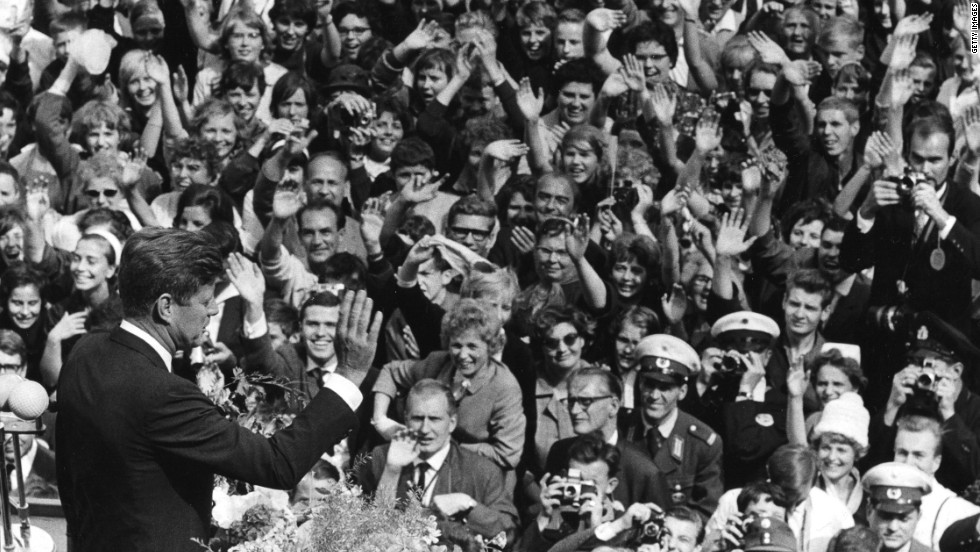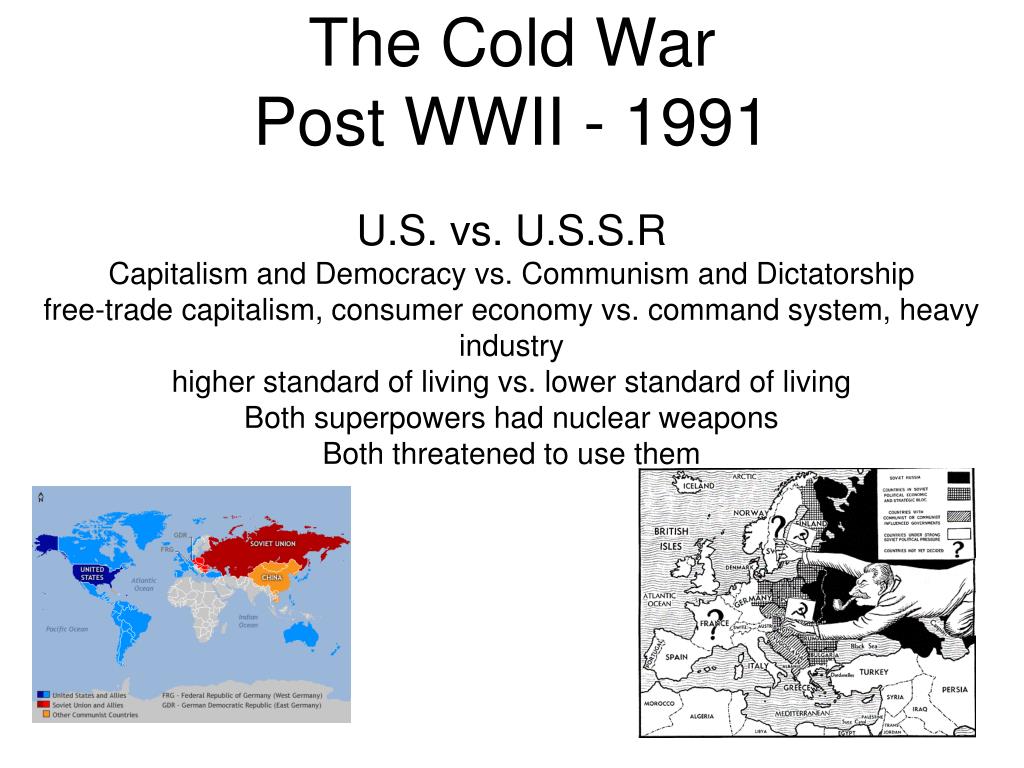

Periods of détente, in contrast, led to the Limited Test-Ban Treaty in 1963, the Strategic Arms Limitation Treaty in 1972, and an emerging U.S.-Soviet rapprochement during 1985-1991. relationship in the years between 19 often was characterized by periods of mistrust and overt hostility (e.g., the U-2 incident, Cuban Missile Crisis, Vietnam War, Soviet invasion of Afghanistan and President Ronald Reagan’s depiction of the Soviet Union as an “evil empire”).

As the Soviet Union neared collapse, with its ideological underpinnings evaporating, the impetus for the arms race and competition in space declined, allowing both countries to seriously pursue strategic partnerships in space. Only in the late 1980s, with warming political relations, did momentum for major space cooperation begin to build. At first, this charged political environment accommodated nothing more than symbolic gestures of collaboration.

Both countries gave primary emphasis in their space efforts to a combination of national security and foreign policy objectives, turning space into an area of active competition for political and military advantage.

The Space Age spawned two outstanding space programs as a result of the hot competition between the United States and the Soviet Union. Eisenhower’s granddaughter) that traces the long, hard path to space cooperation until the Soviet Union’s dissolution in 1991. He wrote this essay with his wife, Susan Eisenhower (President Dwight D. Sagdeev, the former head of the Russian Space Research Institute, now is the director of the University of Maryland’s East-West Space Science Center. Sagdeev spent a large part of his career viewing NASA from the Soviet Union’s side of the Cold War divide. By Roald Sagdeev, University of Maryland, and Susan Eisenhower, The Eisenhower Institute


 0 kommentar(er)
0 kommentar(er)
